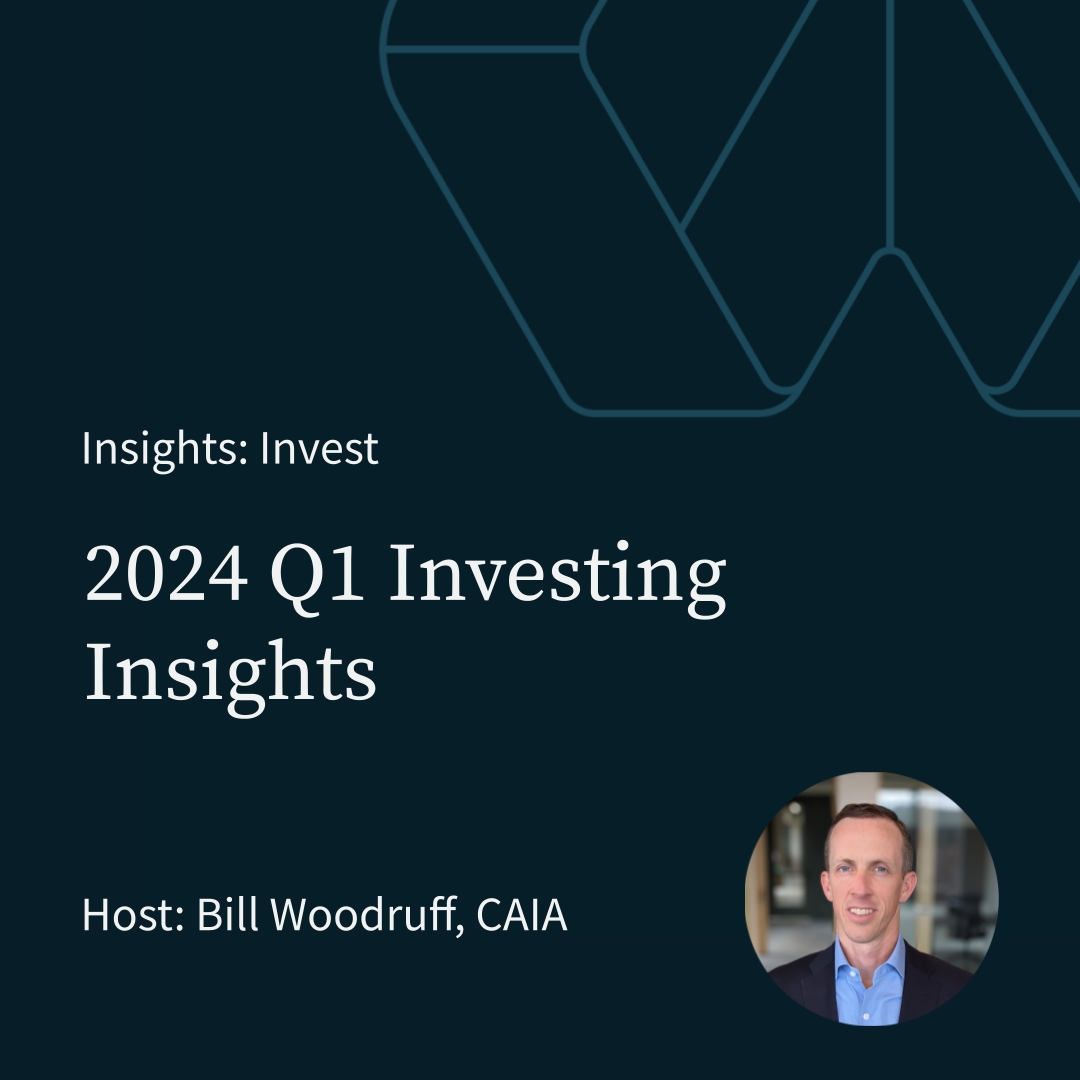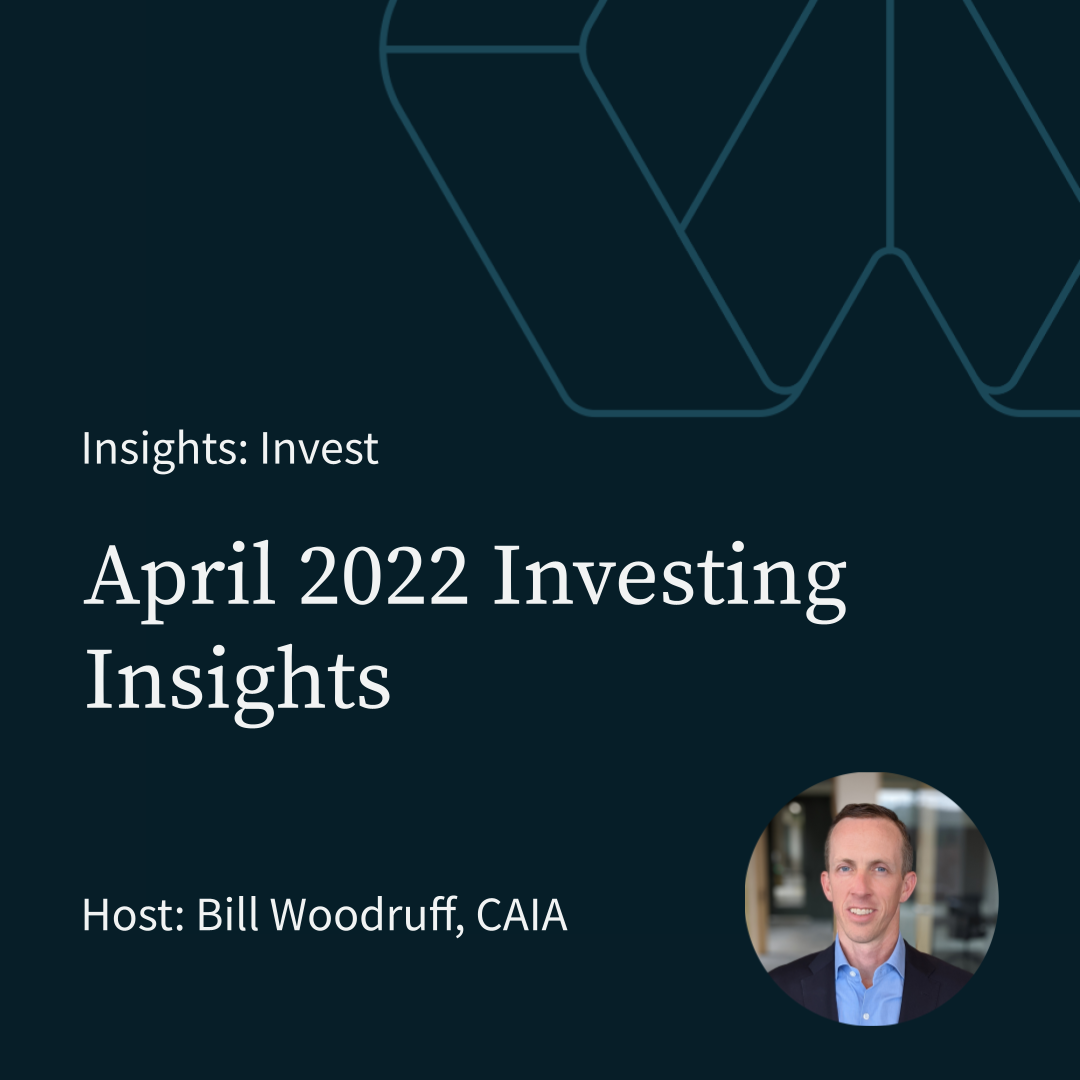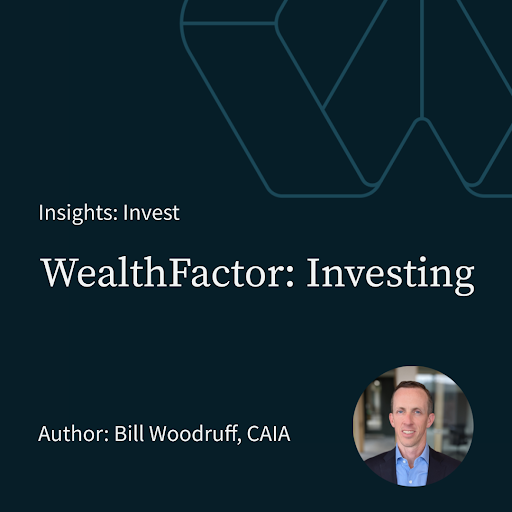Risk-Smart by WealthFactor
Risk can be defined and measured in many ways. At WealthFactor when building portfolios for Wealth Management clients we believe the focus should be on minimizing the probability of failing to achieve ones goals or objectives. The investment world’s focus for risk is often on the performance of a portfolio relative to a benchmark or a measurement of a portfolio’s level of volatility. While both of these have usefulness they don’t mean a lot to an investor. They can also lead to sub-optimal portfolio decision making.


For example, benchmarks are typically comprised of stocks weighted by their size with the largest stocks representing a greater weighting in an index. Historically smaller companies have tended to outperform larger companies. This phenomenon occurs has occurred over long periods of time and an investor who tilts their portfolio to smaller companies may under-perform a market capitalization weighted index in the short and intermediate term. Ignoring under-performance relative to an index in the short term requires both understanding and discipline.
WealthFactor’s philosophy and corresponding process is centered on the idea that increased levels of portfolio efficiencies naturally reduce the level of risk in a portfolio. Additionally by minimizing the total costs within a portfolio the amount of gross return needed to meet an investment objective is lower. Minimizing a portfolio’s costs reduces the need to take risk to achieve targeted net returns.
Investors can look in two areas when trying to evaluate their investment service. First is the complexity of the solution. Greater complexity increases the likelihood of higher risks and may lead to unintended concentrations. The second is cost, while high fees are typically related to complex investment solutions, it’s not uncommon to see investment adviser’s charge 1% or more for 60/40 portfolios comprised of index based ETFs or mutual funds. The aggregate cost in this scenario is likely lower than portfolios comprised of more active or complex investment strategies it’s likely an inefficient use of money spent by an investor unless they are receiving significant benefit through other bundled services like financial planning.
Through an evidence-based, computer-aided investment strategy WealthFactor screens thousands of individual equities. This process is designed to filter out companies that do not exhibit relatively strong valuations, revenue growth or earnings growth. Unlike active strategies this process isn’t used to pick winners, instead it’s used as a means to facilitate capturing broadly diversified exposures. Driven by its filters WealthFactor constructs portfolios with hundreds of positions, equal weighting each one. This reduces the position level risk. The process also targets a modified sector equal-weighting which further reduces risk levels as individual companies can exhibit very high correlations to those within the same sector.
Minimizing concentration enhances true diversification and reduces overall portfolio risk as we’ve defined it above.
We believe that this process will likely have an overall portfolio tilt to smaller companies and value companies. This may lead to outperforming market capitalization weighted indices over time. However, the methodologies true focus is on minimizing the risks associated in investing in global equity markets not outperforming a particular index. In addition to a risk-centered portfolio construction process constructing portfolios with individual securities allows for tax management and filtering out investments that do not prioritize the environment, our society and their governance (ESG).










